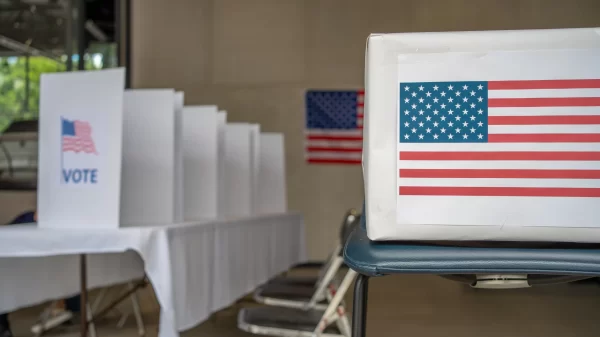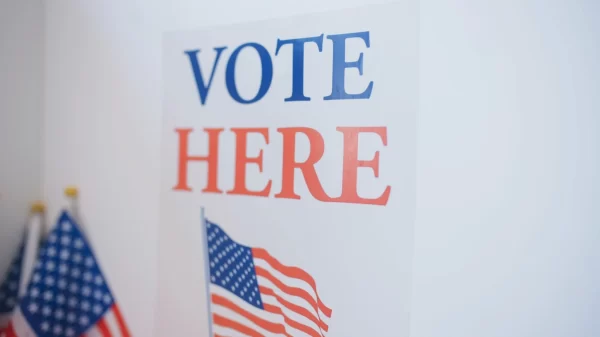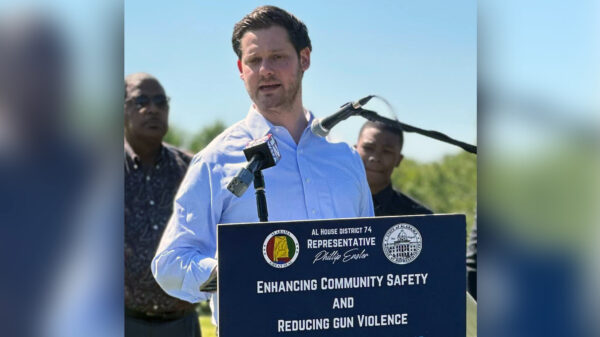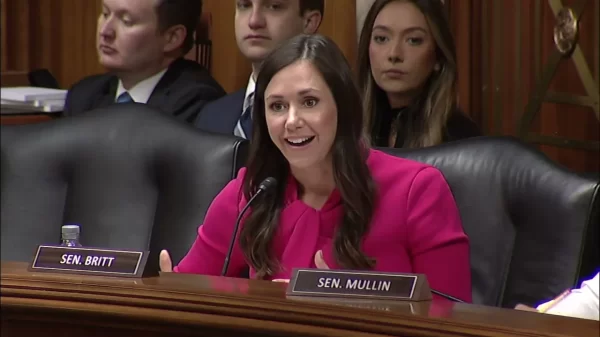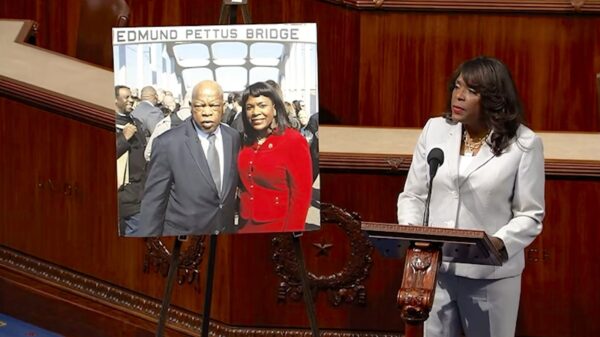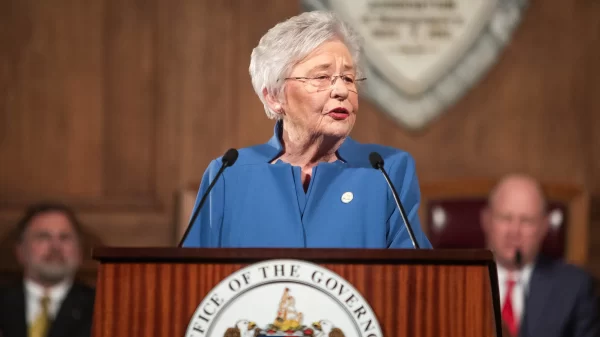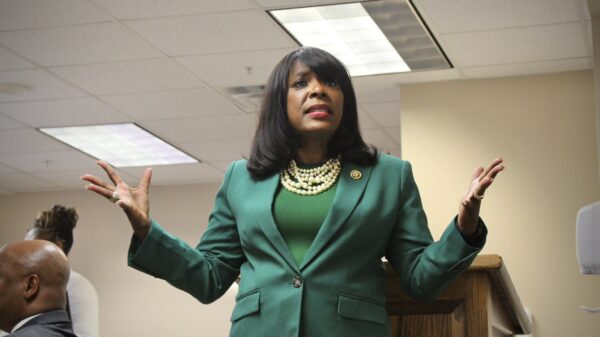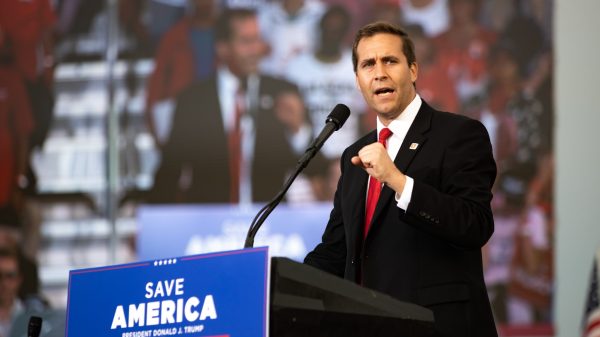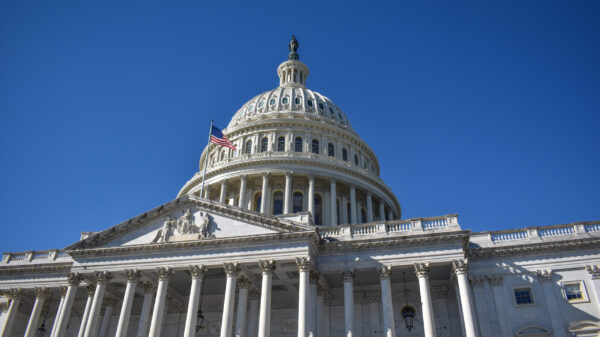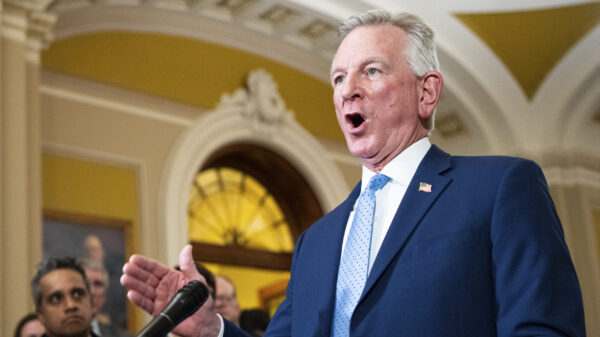Education Matters
By Larry Lee
The Alabama Accountability Act requires the state department of education to identify “failing” schools.
After several false starts, the list is now public and includes 78 schools, 72 of which ranked in the bottom six percent of all schools in three of the last six years. The other six came from schools that qualified to apply for federal School Improvement Grants
Let’s only look at the 72 schools since this is comparing apples to apples.
There are 47 middle and junior high schools, 15 high schools and 10 elementary schools. No surprises here. Middle schools are always a challenge.
Of the 28,268 students in these schools, 91.2 percent receive free and reduced lunches and 87.7 percent are African-American. Again, no surprises.
Does this mean schools that are high-poverty and majority African-American cannot succeed? Of course not. Earlier this year the state recognized 20 Torchbearer schools for outstanding academic achievement. Almost 90 percent of all Torchbearer students get free and reduced lunches and nearly 60 percent are African-American.
However, it does mean that schools such as these are the ones with the most challenges and need special attention. Unfortunately the only “fix” prescribed by the new law is a financial incentive to parents to remove their children from failing schools. However, the reality is that this will be virtually impossible to accomplish in many cases.
For example, Samson Middle School in Geneva County is on the list. There are only three middle schools in the system, so kids in Samson would have to go 23 miles to Hartford or 30 miles to Slocomb to stay in the system. Transportation would be provided by the school system. However, this part of the state education budget is already underfunded and additional expense just makes a bad situation worse.
The other options are to go to Geneva City or schools in Opp, Coffee County, Elba or private schools in Enterprise or Dothan. But these are only available if the other system agrees to accept the Samson students and if their parents can provide transportation.
Barbour County Junior High in Clayton is a comparable situation. This is the only junior high in the system so students must go to Eufaula (22 miles), George Long in Skipperville (32 miles), Pike County High in Brundidge (29 miles), Charles Henderson High in Troy (37 miles) or South Highlands in Union Springs (30 miles). Again, these systems would have to accept transfers and parents would have to provide transportation.
Of course, private schools are also an option under the Alabama Accountability Act. But given the fact that 95% of the students at Barbour County Junior High receive free and reduced lunches, it is unlikely their families can afford tuition, even with a $3,500 tax rebate.
It’s not only rural systems where the lack of logic in this legislation is apparent. Take Montgomery County where six middle schools are “failing.” They have 4,734 students. Only four other schools in the system teach the same grades. They have 1,904 students. Do they have room for an additional 4,734? Not likely.
Equally as poorly thought out is the insistence that six years are used to determine the fate of a school.
Let’s go back to Samson Middle where they were in the bottom six percent in 2009, 2008 and 2007; but not in 2012, 2011 or 2010. During this time scores here went up 40 percent—but they are still a “failing” school. This situation is repeated over and over. At Robinson Elementary in Birmingham (46 percent increase), Arrington Middle in Birmingham (42 percent increase), Martin Luther King, Jr. Elementary in Tuscaloosa (66 percent increase, Brantley Elementary in Dallas County (60 percent increase) and more.
Some football history shows how truly bizarre this methodology is. Mike Shula was head coach at the University of Alabama for four seasons. Since he was fired at the end of the 2006 season, he was obviously considered a “failing” coach.
He was replaced by Nick Saban who won a national championship in 2009, his third season at the university. But using the logic of the Alabama Accountability Act, he was a “failing” coach in 2009 since he was still being held accountable for Shula’s last three years.
Our legislative leadership boasted after passing the Alabama Accountability Act that they did not let educators know what they were doing. They didn’t need to brag because it is now evident that the bill was written by those who have little understanding of education.
Larry Lee led the study, Lessons Learned from Rural Schools, and is a long-time advocate for public education. [email protected] read his blog: www.larryeducation.com


